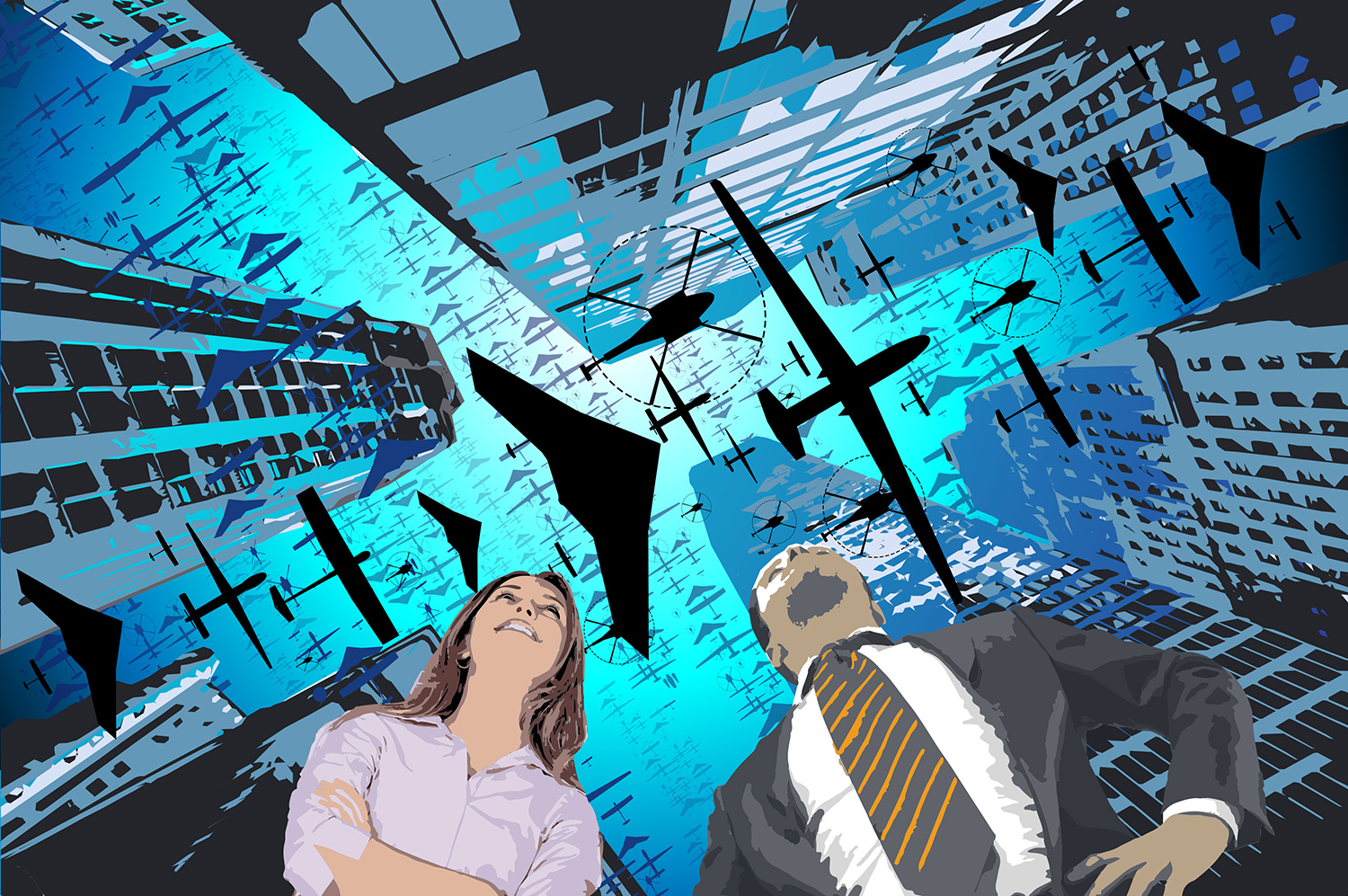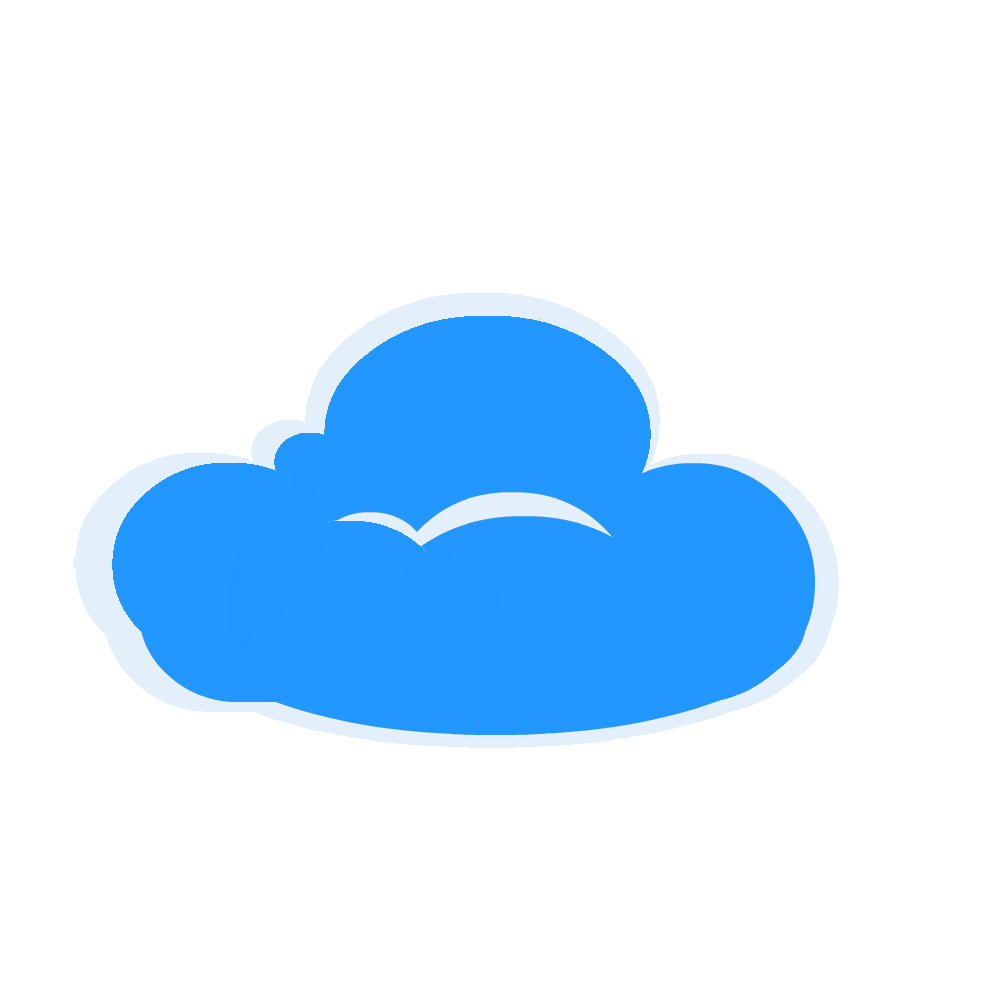WHAT IS A DRONE?
A drone is technically a remotely piloted or autonomous aircraft used to gather data and imagery. The combination of the drone with ground ground control stations or software instructions as well as data links forms the unmanned aerial system (UAS). The two terms are interchangeable, however. Overall, the market for UAS technology is booming. A study by the Teal Group estimated that the world market for UAS research, development, and procurement was US $6 billion in 2012.
TYPES OF DRONES
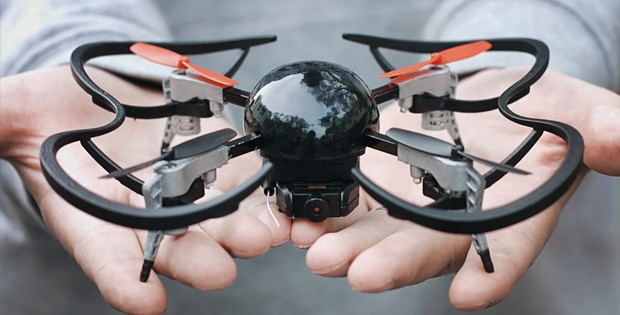
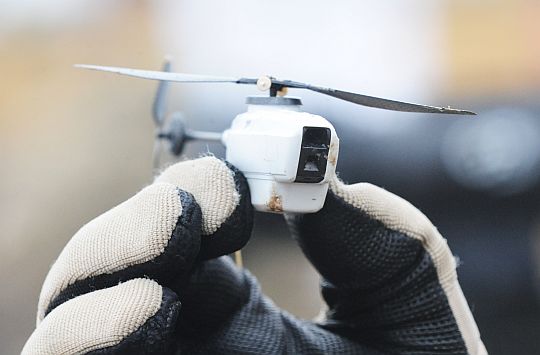
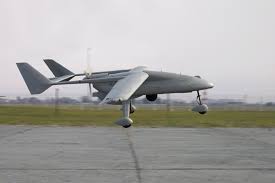
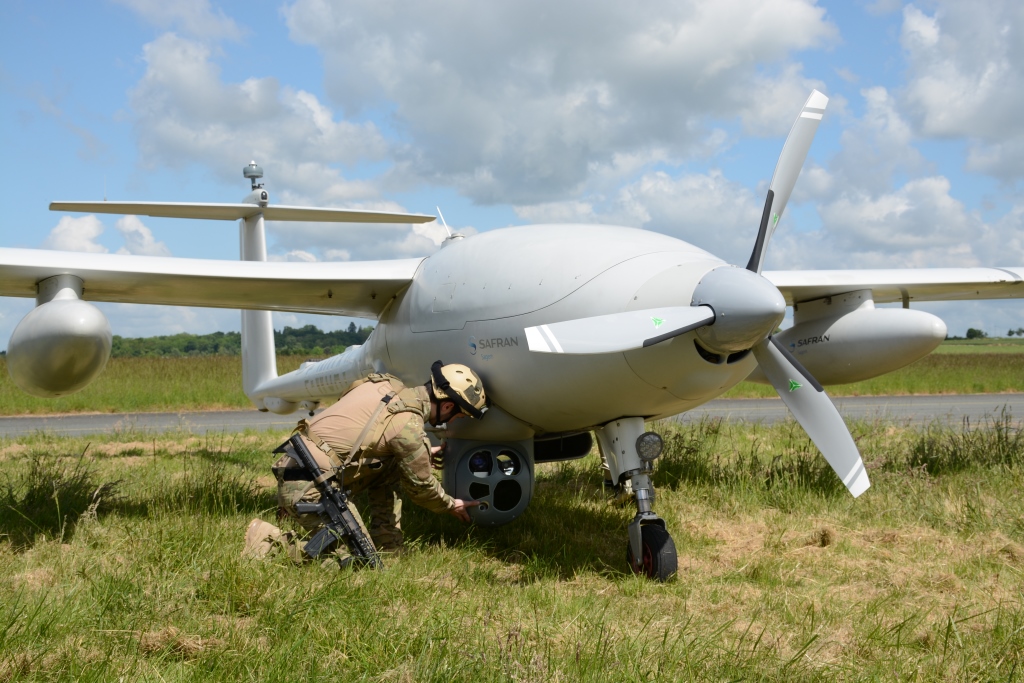
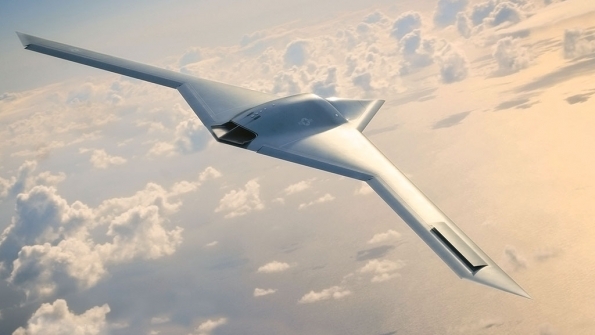
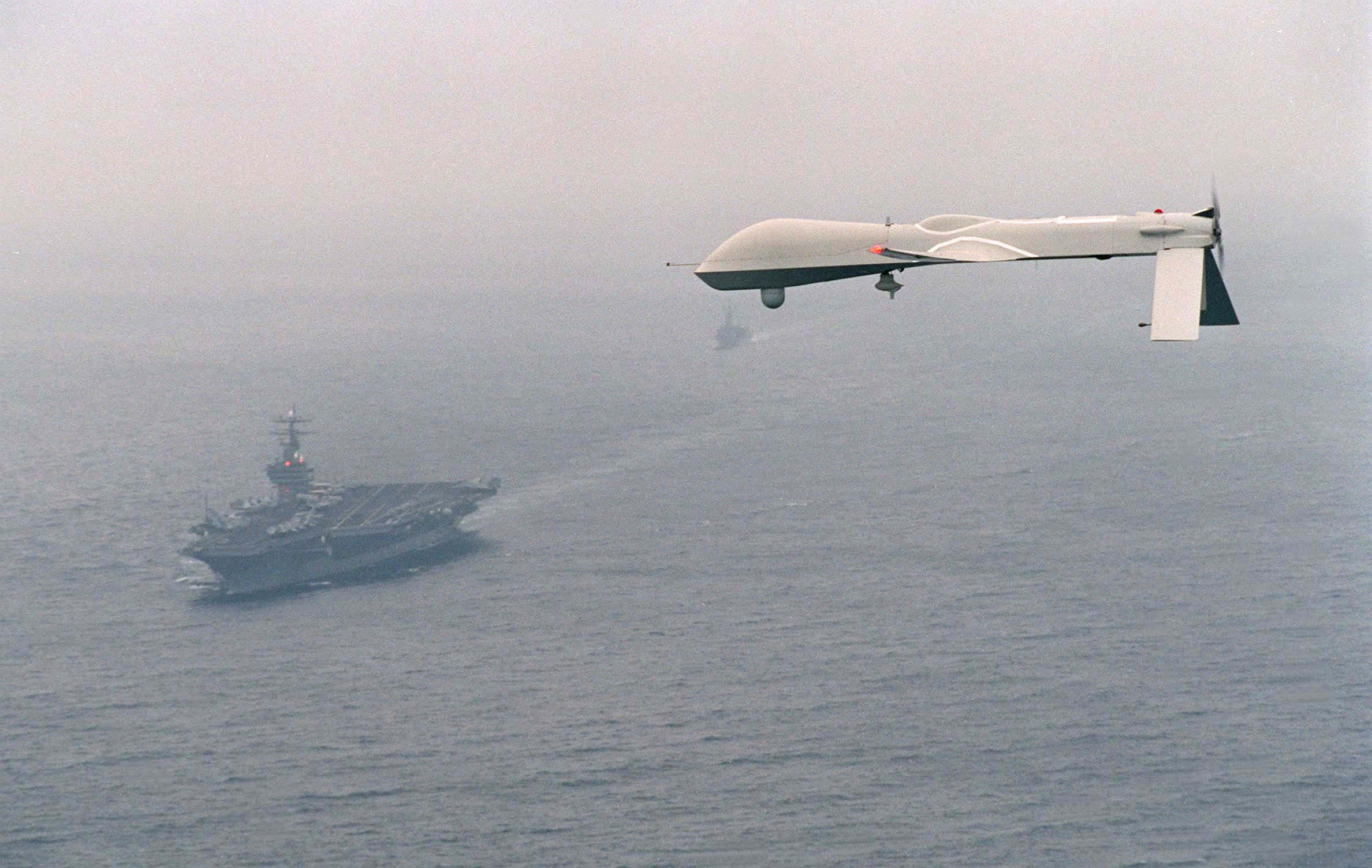
CURRENT USES
Drones have significant advantages over conventional aircraft. Operating a drone is inherently less risky due to to the lack of a pilot. Drones are also able to fulfill tasks with greater precision. Both of these advantages have led to an explosion in the commercial and scientific use of drones.
Moviemaking
Drones have significantly reduced the effort required to film difficult shots in movies. From the aerial battle scenes of Avatar to footage of the war against terrorism in Seal Team 6, drones have become invaluable in the film industry.
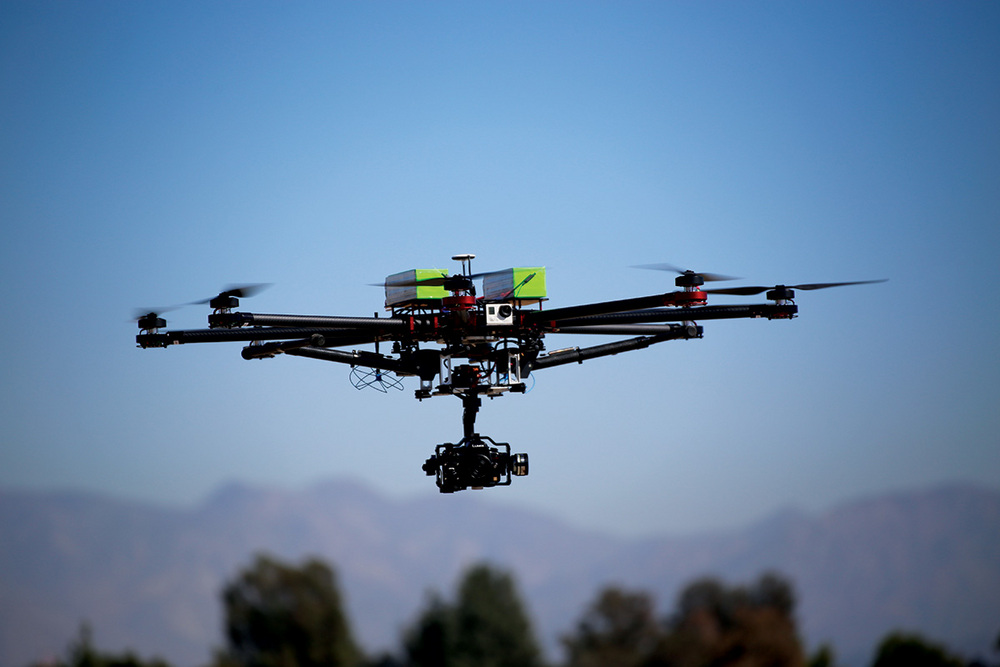
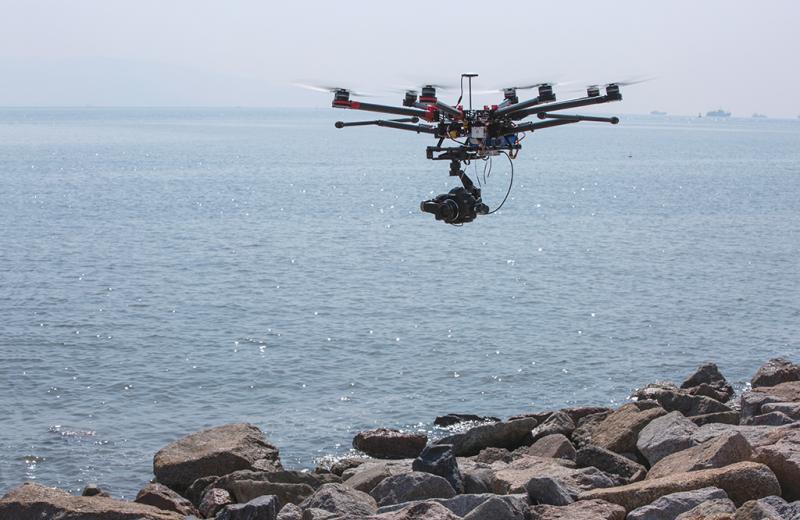
Scientific Research
The US National Oceanic and Atmospheric Administration (NOAA) uses the Aerosonde UAS to fly directly into hurricanes and communicate data to the National Hurricane Center.
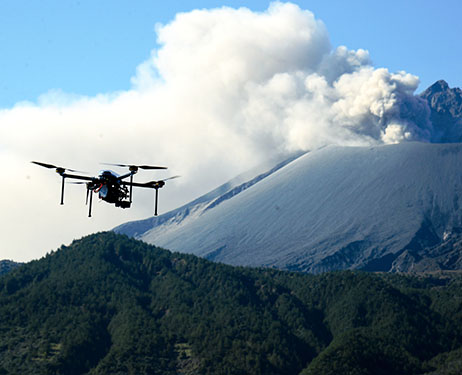
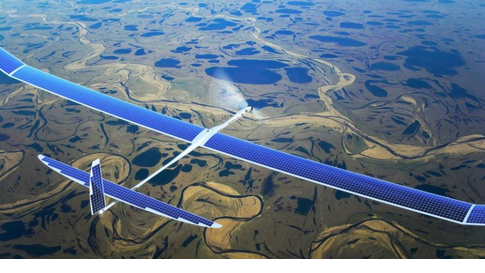
Disaster Relief
Drones were used in search and rescue and damage assessment missions after Hurricane Katrina struck in 2008. They carried an optical sensor and synthetic aperture radar, which can provide images through adverse weather conditions. Micro - drones such as the Aeryon Scout have been used to search for specific missing persons.

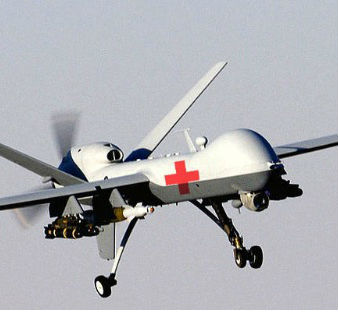
Oil, Gas, and Minerals
Drones are regularly used by oil and gas companies to monitor the state of pipelines and related installations.
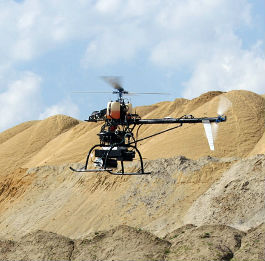
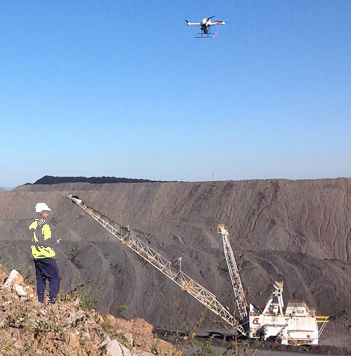
Conservation
In June 2012, World Wide Fund for Nature(WWF) began using UAVs in Nepal to aid conservation efforts following a successful trial of two aircraft in Chitwan National Park. The drones were equipped with time-lapse cameras and could fly at heights of 650 ft.
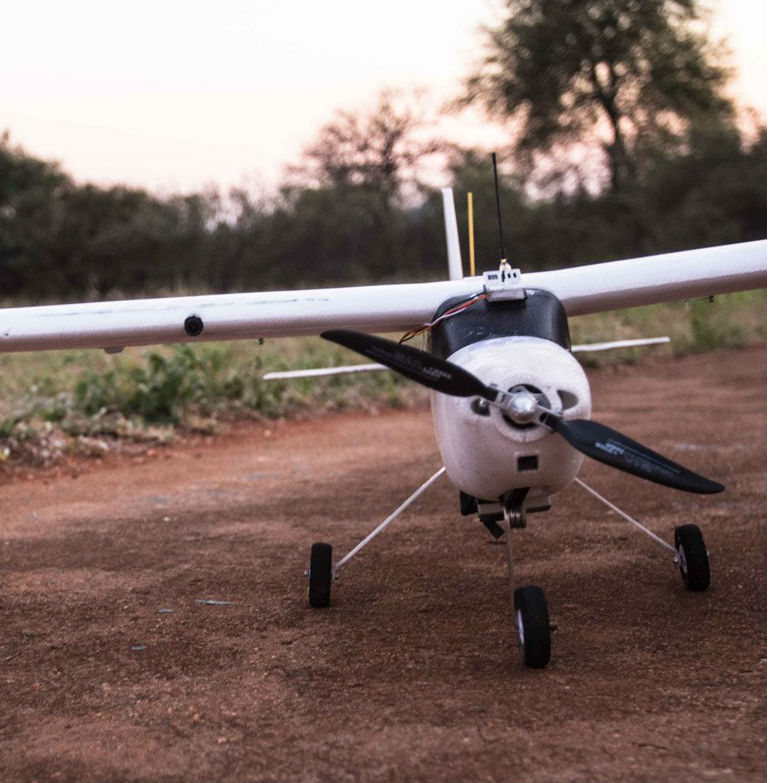
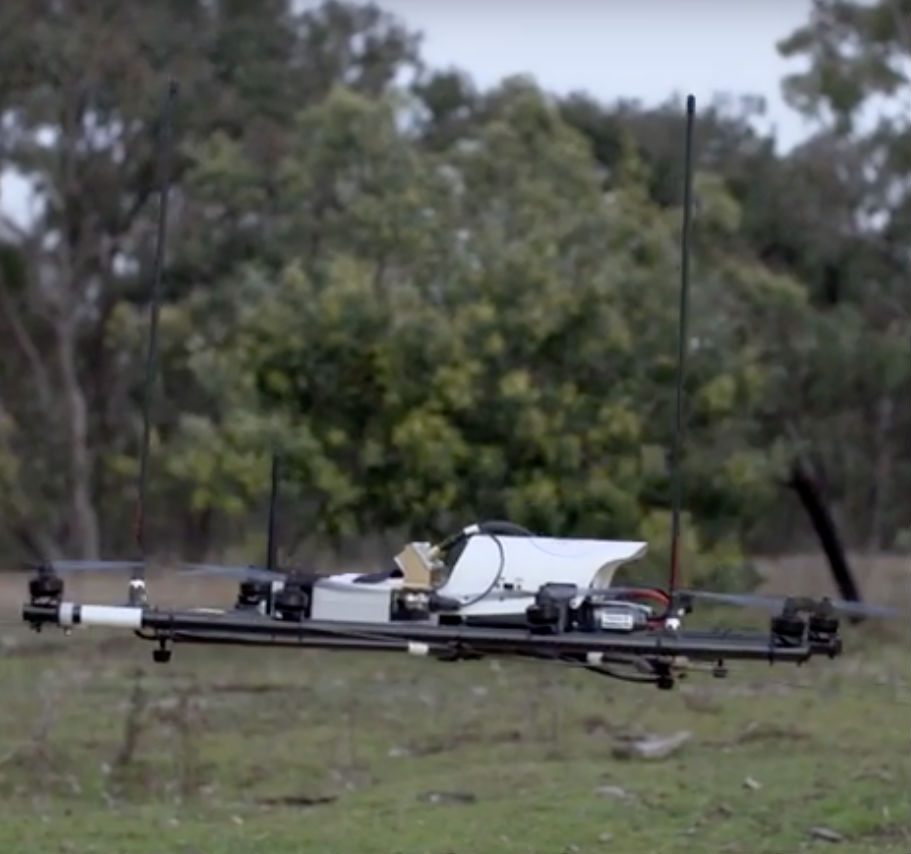
THE FUTURE OF DRONES

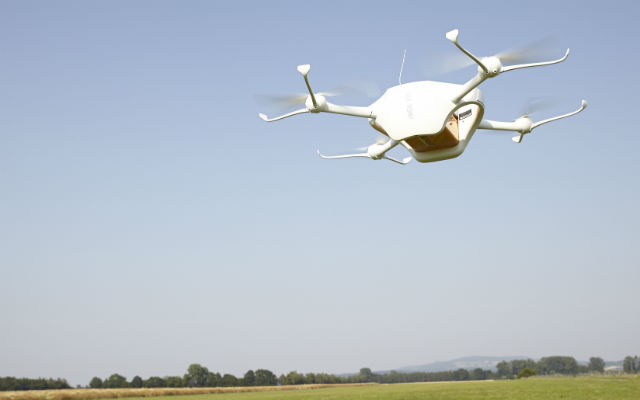
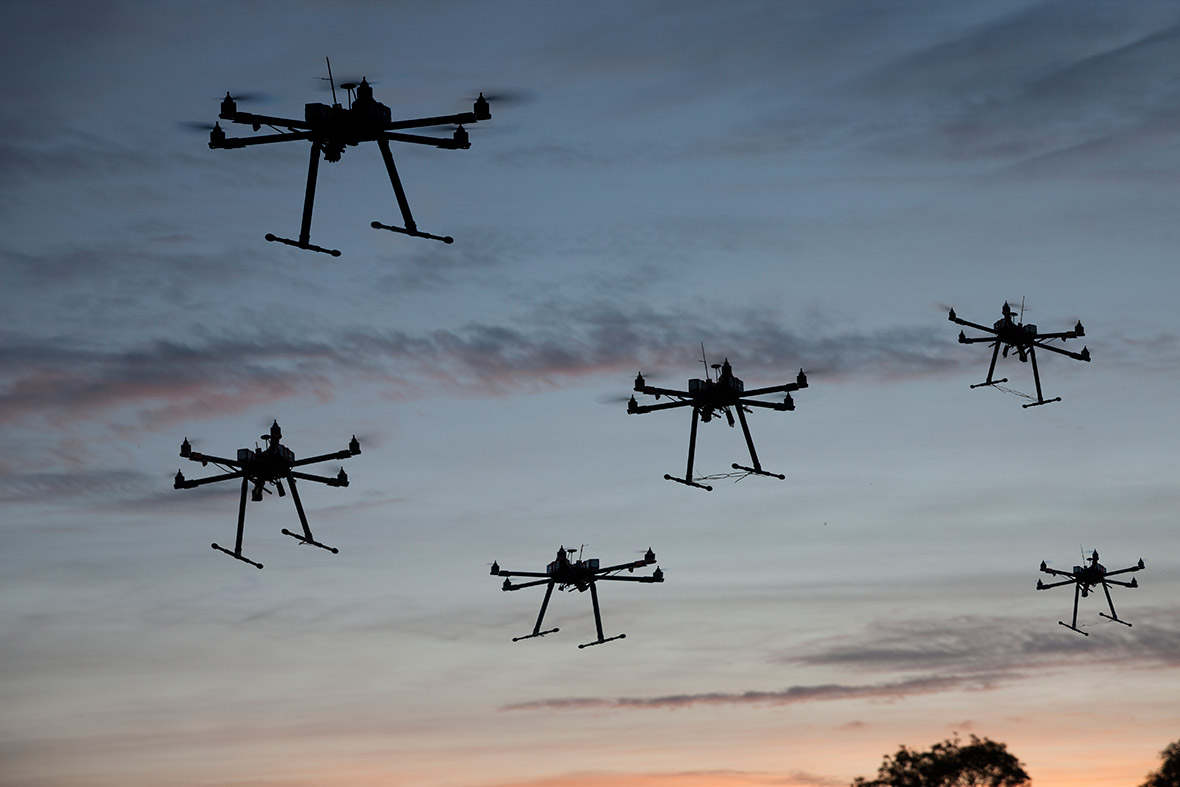
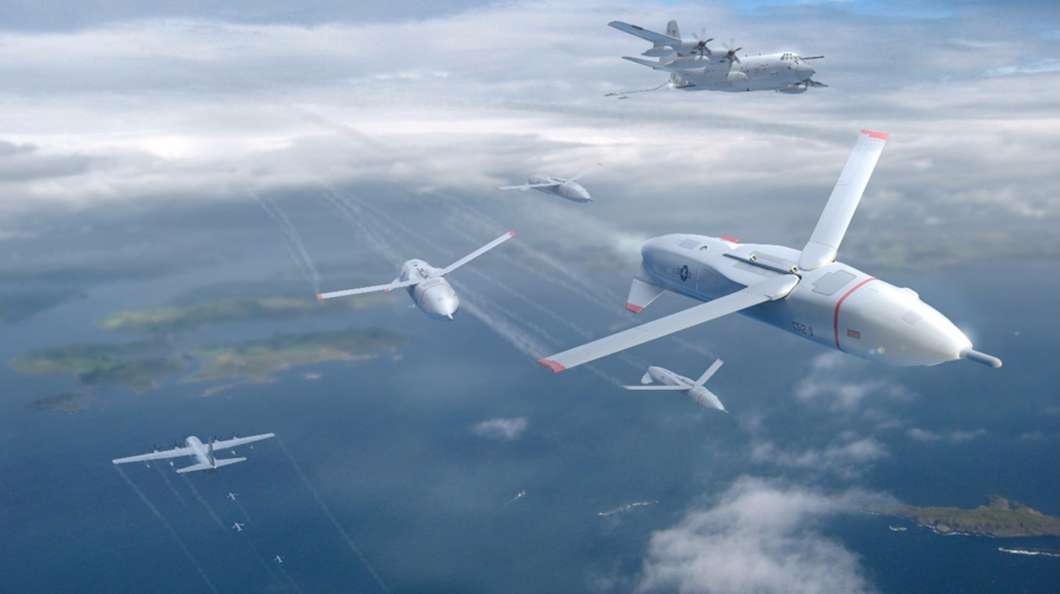


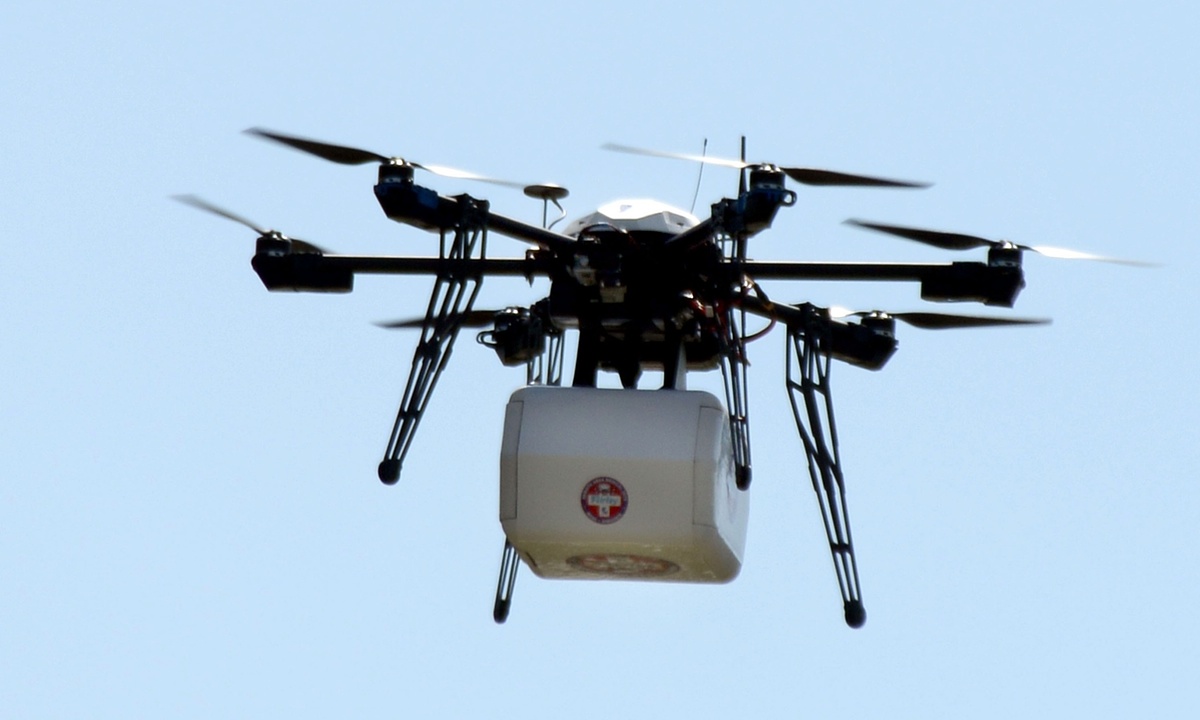
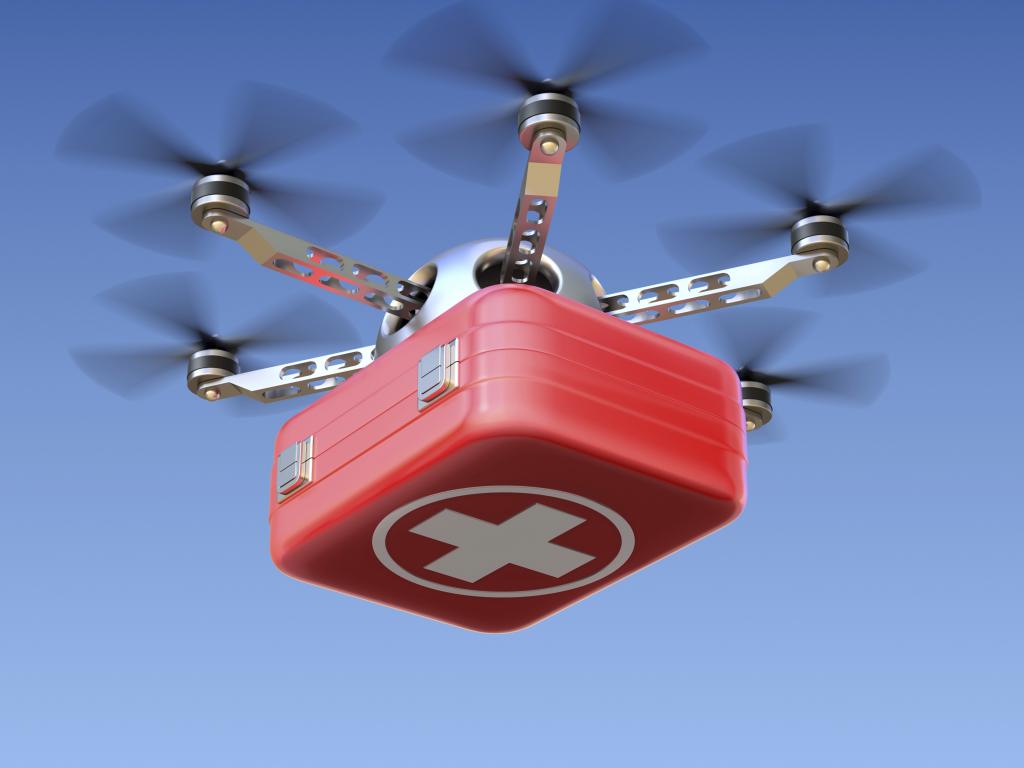
UAS Concerns
New technology can bring about positive changes in our modern society, but what concerns of UAS technology do you think comes along with these innovations?
Content Sources
- https://www.washingtonpost.com/world/national-security/how-rogue-drones-are-rapidly-becoming-a-national-nuisance/2015/08/10/9c05d63c-3f61-11e5-8d45-d815146f81fa_story.html
- http://www.cbsnews.com/media/5-issues-drones-will-have-to-navigate/5/
- http://fortune.com/2015/11/18/dji-geofencing-airport/
- http://www.dailymail.co.uk/news/article-3382812/Flight-delayed-Heathrow-drone-thought-Christmas-present-flies-one-runways.html
